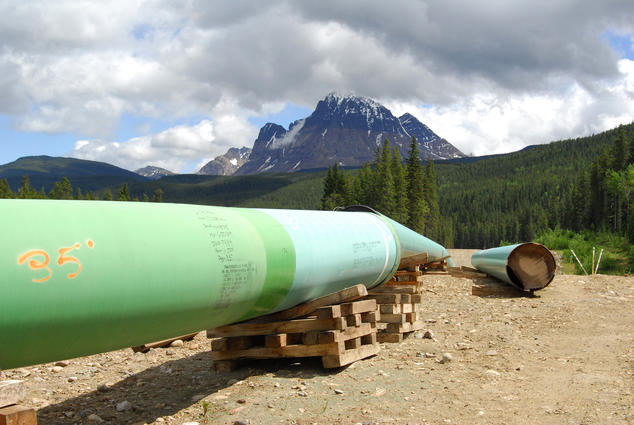Microplastics is a term that has recently gained popularity and is frequently thrown around by scientists, but what does it really mean? The term, first coined in 2004, is used to describe plastic debris that is less than 5 millimeters in length, about the size of a grain of rice. Microplastics can be separated into two groups: primary and secondary. Primary microplastics are plastics manufactured to be small, such as resin pellets from plastic manufacturing or microbeads, which are plastic beads frequently used in personal-care products as a synthetic exfoliant. Secondary microplastics are the result of large pieces of plastic broken down into smaller pieces by water, wind, and sun, but don't disintegrate because synthetic compounds, such as plastics, are not naturally biodegradable.
The term made its greatest public appearance in 2015 when President Obama signed the Microbead-Free Waters Act of 2015 which banned microbeads from cosmetic and personal care products. Although this act brought attention to the dangers and seriousness of microplastics, they’re still a huge problem in not only the United States, but globally.
In 2015, oceanographers estimated there were between 15 trillion and 51 trillion microplastic particles floating in surface waters worldwide. This number, though, doesn’t account for the microplastics that can be found elsewhere. Unfortunately, these microplastics can even be found in our food supply, and even worse, our bodies.
One of the main reasons microplastics remain a huge problem globally, is the lack of research that has been done to analyze their effect. What is known, however, is marine animals’ inability to differentiate between these microplastics and food. The microplastics can quickly work their way up the food chain if the contaminated animal then enters our food supply. This information alone is cause for concern, but more research must be done to analyze greater, more widespread effects of microplastics on our ecosystems, as well as their effects on people.

To combat plastic waste, ultimately reducing microplastics, Kobee’s made the switch from traditional, plastic lip balm tubes to compostable cardboard tubes at the beginning of 2020. Our plastic-free, biodegradable packaging decreases the amount of plastic sent to landfills which in turn reduces the amount of microplastics polluting our ecosystems. In 2019 alone, over 195 million plastic tubes of lip balm were sold in the United States. With that number growing each year, something has to change in the way lip balm is packaged.
To help us in our fight to reduce plastic waste, you, too, can make simple switches in your daily life. Choosing products that use compostable, biodegradable packaging and recycling plastic packaging at the end of its use is a great start. For more tips and tricks, visit: http://www.greeneducationfoundation.org/nationalgreenweeksub/waste-reduction-tips/tips-to-use-less-plastic.html.



